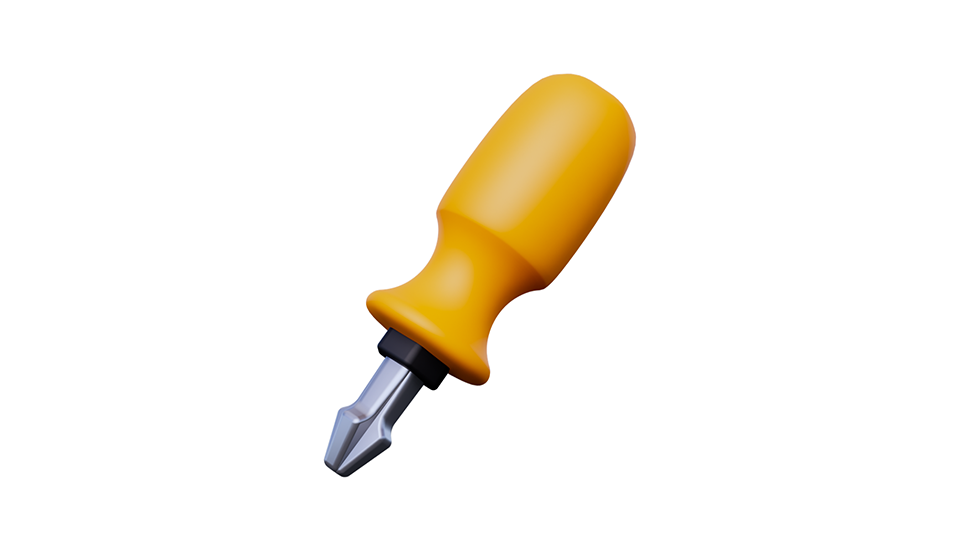There’s no shortage of tools you can use to bring your mobile app to an app store. But let’s face it: some frameworks are just better suited to different needs, skills, and goals. So, if you’re on the hunt for the best mobile development tools out there, here’s my take on the top picks, and why each one stands out.

1. Flutter: All About the Stunning UI and Cross-Platform Ease
Flutter is Google’s cross-platform powerhouse, built to help you create beautiful apps that run on mobile, web, and desktop. What makes it so great? Well, you get a unified codebase and some serious UI capabilities right out of the gate. It’s built with Dart, which might not be the most popular language, but it’s powerful, lightweight, and growing in popularity.
- Why It’s Great:
- Hot Reload lets you test changes instantly, speeding up development.
- The widget library is packed with beautifully designed components, perfect for a standout UI.
- With its own rendering engine, Flutter apps are smooth and fast.
- Why It Might Not Be for You:
- Dart’s learning curve can be a bit steep if you’re coming from JavaScript or Python.
- Flutter apps can be larger in file size, which is something to consider if you’re building something simple.
2. React Native: JavaScript Fans, This One’s Yours
React Native is a favorite for those who know their way around JavaScript. It’s a solid choice if you’re building cross-platform apps and want to tap into React’s component-based architecture. Since it’s backed by Facebook, it has a massive community and tons of resources to make life easier.
- Why It’s Great:
- You can use JavaScript or TypeScript, so there’s a lower barrier to entry if you’re already familiar with web development.
- Component reusability means you write once and deploy on iOS and Android.
- The community support is massive, translating to more libraries, plugins, and resources.
- Why It Might Not Be for You:
- Performance can lag with complex or graphics-heavy apps, compared to native options.
- You’ll often need third-party libraries to access native device features fully.
3. Xamarin: The Microsoft Ecosystem’s Best Friend
If you’re a Microsoft developer, Xamarin feels like a natural extension of Visual Studio. Built with C# (C Sharp) and .NET, Xamarin is perfect for enterprise apps that need to share code across platforms while sticking to the Microsoft ecosystem.
- Why It’s Great:
- Deep integration with Visual Studio and Microsoft tools makes development seamless.
- With code sharing between platforms, you can maintain about 90% of your codebase across iOS and Android.
- It’s particularly suited for enterprise-level apps, where stability and support are key.
- Why It Might Not Be for You:
- Larger file size for Xamarin apps.
- The third-party ecosystem isn’t as robust as React Native or Flutter, so you might have fewer libraries to choose from.
4. Swift and Kotlin: For That Native Touch
When you need top-tier performance and full access to platform-specific features, going native with Swift for iOS or Kotlin for Android is the way to go. These languages give you the most control and are perfect if you want your app to feel right at home on its respective platform.
- Why They’re Great:
- No compromises on performance—native apps run fast and efficiently.
- You have full access to platform-specific APIs, so you can leverage every feature iOS or Android offers.
- Native development offers a seamless user experience, with a polished look and feel.
- Why They Might Not Be for You:
- You’ll need separate codebases for iOS and Android, which can double your workload.
- Native development can be costlier and more time-consuming compared to cross-platform solutions.
5. Ionic: Web Developers’ Path to Mobile
Ionic bridges the gap between web and mobile development, letting you build apps using HTML, CSS, and JavaScript. If you’re a web developer looking to go mobile, Ionic is a fantastic option that feels familiar yet powerful.
- Why It’s Great:
- Low learning curve if you’re already versed in web technologies.
- It’s perfect for simpler, web-like apps that don’t need heavy native functionality.
- Plugins give access to native features, like the camera and GPS, when needed.
- Why It Might Not Be for You:
- Performance can be an issue for graphics-intensive or complex apps.
- Reliance on plugins for native features can make development a bit trickier.
The Bottom Line: Choose What Fits Your Project
In my opinion, no single tool is the best for everything. Flutter and React Native are perfect for cross-platform apps with sleek UIs, Xamarin is ideal if you’re all-in on Microsoft, Swift/Kotlin are the way to go for unmatched native performance, and Ionic is the ideal bridge for web developers.
Of course, in the real world, you might love a language for one reason or another—but end up working with something else because of client needs or company preferences. The key is to keep trying new tools and staying flexible. We’re lucky to be in an industry where learning new tech can help us grow faster than almost any other field. Don’t forget to enjoy the ride!



